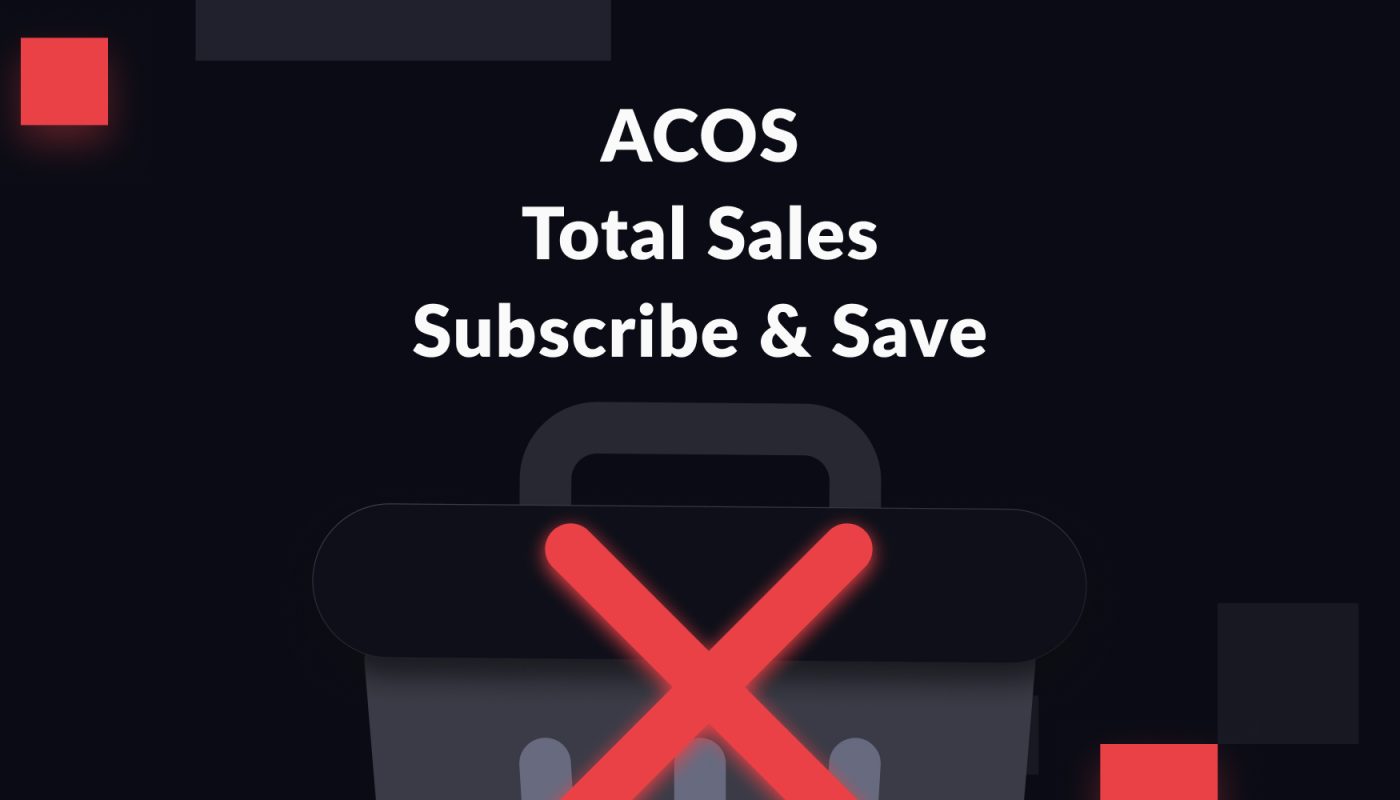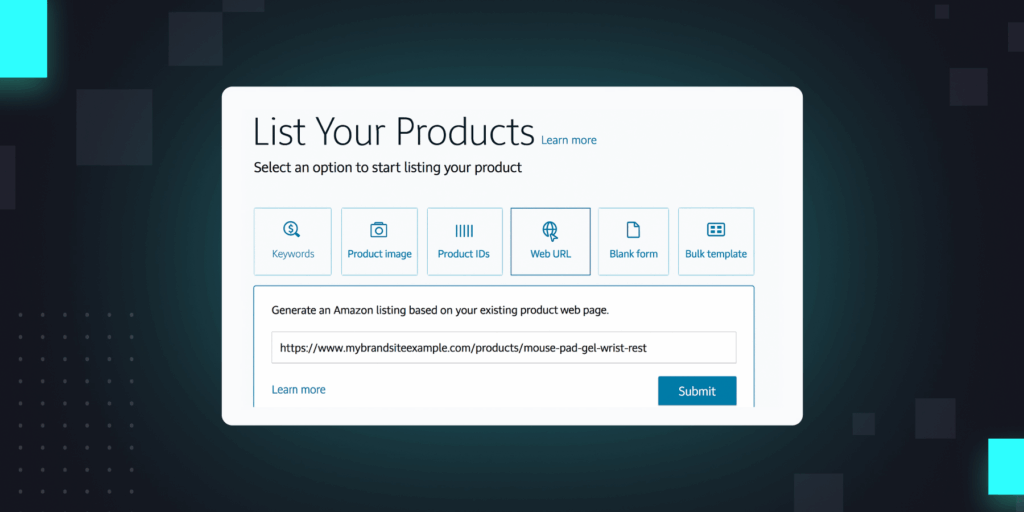It’s pretty much inevitable: Your sales are going to slow down the week after Christmas.
The Atlantic calls the last week of December “dead week,” because so little happens professionally.
That is true in most people’s work lives, and it is also true across the retail sector. After Christmas, sales tumble, and many brands see their ad metrics tick down.
So you shouldn’t even bother marketing during dead week, right? Wrong.
Not all is wasted the week after Christmas. Here’s how brands and agencies should be approaching the end-of-year slowdown—and here is the marketing and the analysis they should do to set themselves up for success in the new year.
Know when to panic over low sales
The week after Christmas can be stressful because, while you know your sales will go down, it’s hard to figure out how much of a drop is a cause for concern.
Is a 10% week-to-week drop in overall sales a bad sign? Or is that par for the course with dead week?
There are a couple simple ways to answer this question. The first is to examine industry-wide benchmarks. To help, Intentwise pulled our own data on this.
Conversion rates were 13.4% for the week ending on December 23. The following week, however, conversions fell to 11.03%.
The second solution is to compile your own sales and advertising data during the same week last year.
If you’ve saved your historical data, either by piping it into a data warehouse or by working with a partner like Intentwise that can do it for you, that comparison is easy to make.
If you didn’t save your historical data, you might be out of luck—but that’s all the more reason to start working with us today so you can run these comparisons next year.
Sales don’t stop during dead week
Though overall retail sales go way down at the end of the year and into January, that doesn’t mean you should freeze all of your marketing activities after Christmas ends.
Especially if you sell in certain categories, dead week isn’t the time to halt your ad campaigns—not by any stretch. Here’s why.
Prepare for the gift card rush. Gift cards are one of the most popular holiday gifts around, and dead week sees a big spike in gift card redemption rates.
Many shoppers do start spending those gift cards right away—especially younger shoppers. According to one study, as much as 27% of holiday shoppers start spending their gift card money in the week after Christmas.
That’s spending money you want to harness.
Run an inventory analysis. The holidays don’t always turn out how you expect. You may have allocated a ton of inventory to Amazon for a product that didn’t sell quite as much as you wanted.
Meanwhile, a product you didn’t think would be so hot might have sold through nearly all of its stock already.
Dead week is the time to analyze your products based on inventory levels. If you have a product that has far too much inventory, for instance, it might be worth running a deal on it now in order to sell through your inventory.
Focus on New Year’s resolutions. While dead week is going to represent a weak sales period for brands across most categories, some brands should actually ramp up their ad spend right about now.
Specifically, think of New Year’s resolutions: If your product lends itself well to New Year’s resolutions, then you want to start promoting it more heavily.
That is true for brands in the health, wellness, and fitness categories. Vitamin brands, supplements brands, and brands that make exercise apparel or equipment should be preparing to optimize their marketing right now.
Start converting subscribers. The end of the year tends to be the time that shoppers manage their subscriptions. They cancel their out-of-use subscriptions, and then they purchase new ones.
For your shoppers who seem close to signing up for Subscribe & Save with one of your products, this is the best time of year to convert them.
As we’ve discussed before, Amazon Marketing Cloud makes it easy to reach potential subscribers.
In AMC, you can create audiences of people who’ve, say, bought from you 2x but have yet to subscribe. Then push that audience to DSP, and run ads to that group promising a new year discount if they SnS now.
Keep a wary eye on returns
As the sales frenzy from earlier in December draws to close, you should also keep an eye on your returns. These numbers will inevitably tick up, and you won’t know the full scope of the damage until the end of January. Amazon allows customers to return items purchased during the holiday season, through January 31st, 2024.
Tracking returns at this stage can be a little agonizing: If you sell on Amazon, there’s not a lot you can do about limiting returns once you’ve already sold through your inventory.
But if you have a lot of returns, you should investigate why in the new year.
It’s good to have some sense of how your return rate is trending. For what it’s worth, it’s easy to build a refreshable view of your product returns, broken out by reason for return, in Intentwise Analytics Cloud.
(Want more content like this? Be sure to subscribe to our newsletter.)







